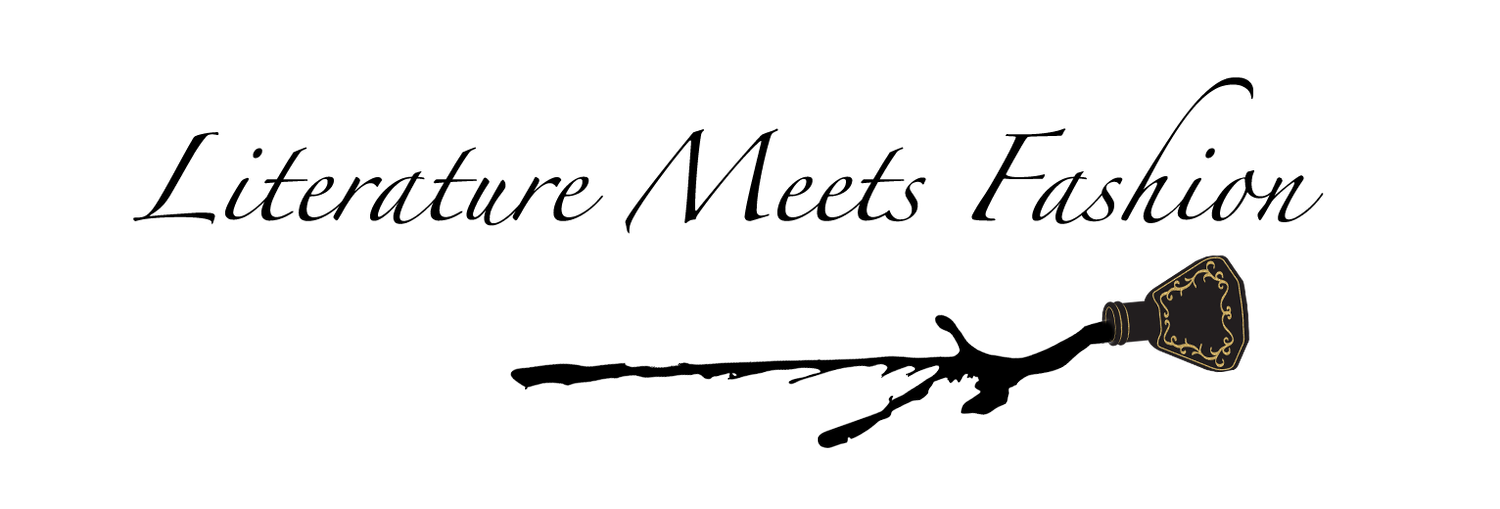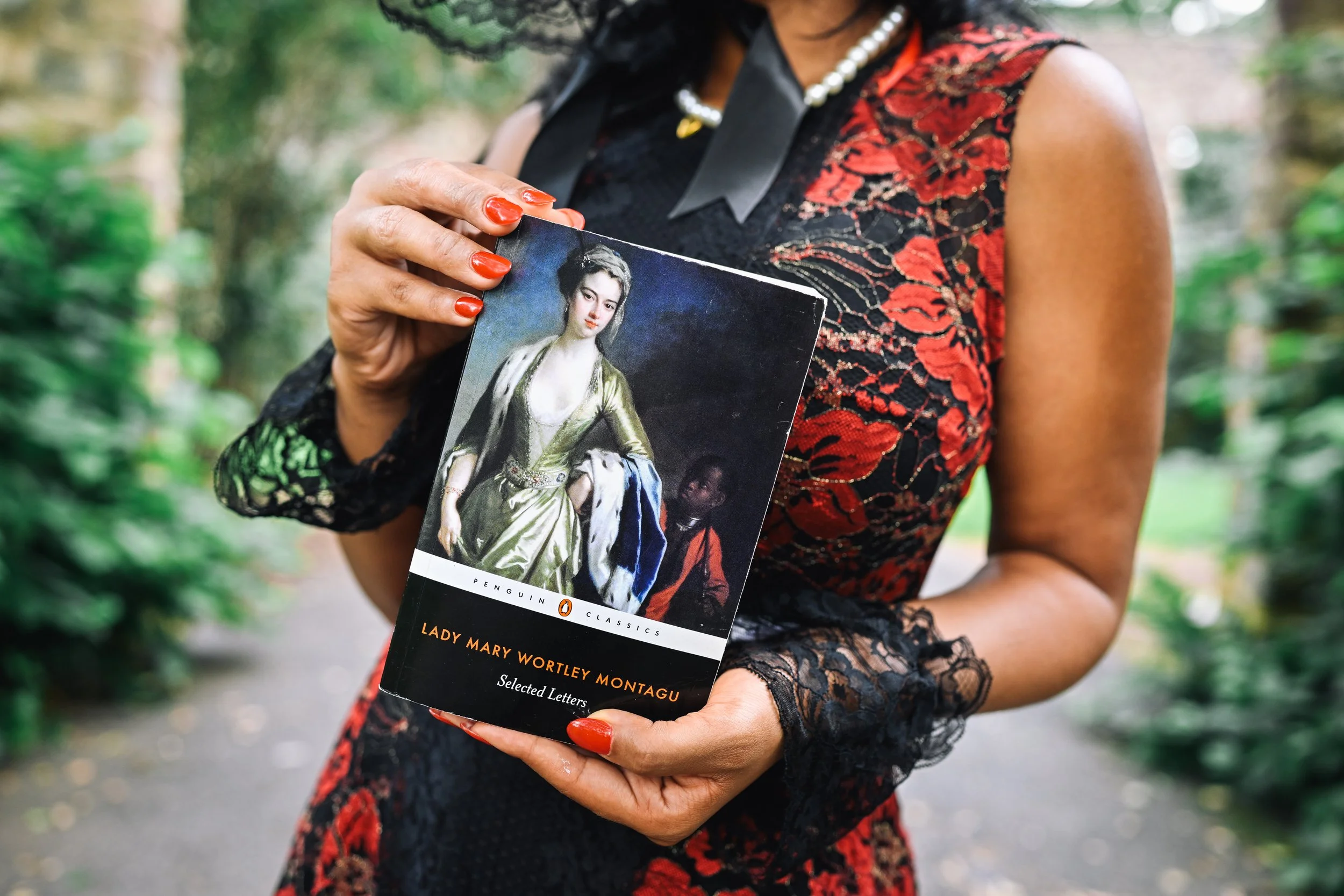Lady Mary Wortley Montagu ( Selected Letters edititon)
In the 18th century, fashion was far more than fabric, it was theatre. Across the grand salons of Europe, aristocratic women posed in wide-brimmed Bergère hats, soft pastels, and silk ribbons, performing an ideal of rural simplicity. Yet beneath every perfectly placed ribbon was a layer of contradiction.
Lady Mary Wortley Montagu recognized the performance. With her sharp wit and fearless honesty, she exposed the irony of the era’s obsession with "natural" beauty. One of her most biting observations reads:
“The ladies… dressed themselves as rustically as possible, as if simplicity itself was a virtue best bought in ribbons and straw.”
in other words, they are trying to appear humble and natural, but it’s all carefully styled and bought posing as simplicity while actually being showy and artificial.
Her words cut through the fantasy. While poets like John Gay wrote of innocent shepherds and playful maidens, Lady Mary knew the harsh realities of class divides and the falseness of these aristocratic games. These women were not seeking a connection to the land they were indulging in escapism.
Through her letters and poetry, Lady Mary positioned herself as a cultural observer sometimes complicit in her privilege, but also unusually aware of it. She traveled beyond Europe, explored new cultures, and used fashion not merely to fit in, but to reflect on society’s contradictions. Her writing revealed how appearance could be both a mask and a message.
Lady Mary was also part of a larger pattern among wealthy European women in the 18th century: the unsettling trend of using children of color, particularly Black children, as status symbols. In portraits, these children were often depicted alongside their mistresses, dressed in luxurious fabrics, positioned to enhance the owner’s display of wealth and global reach. Lady Mary’s portrait is just one of many that visually reinforced the connections between fashion, colonialism, and power.
At Literature Meets Fashion, I acknowledge Lady Mary as a complicated figure reflecting both the sharp intellect to critique society and the contradictions of participating in its inequalities. Her words cut through history’s glossy narratives, reminding us that fashion can reveal uncomfortable truths and hidden power dynamics.
Coming Up: In Red Straw, Black Ribbon, I’ll explore how I turned the bergère hat into a symbol of power and protest.

